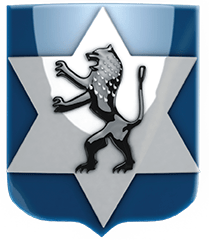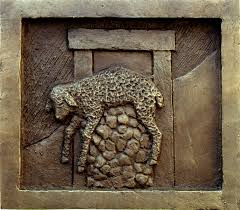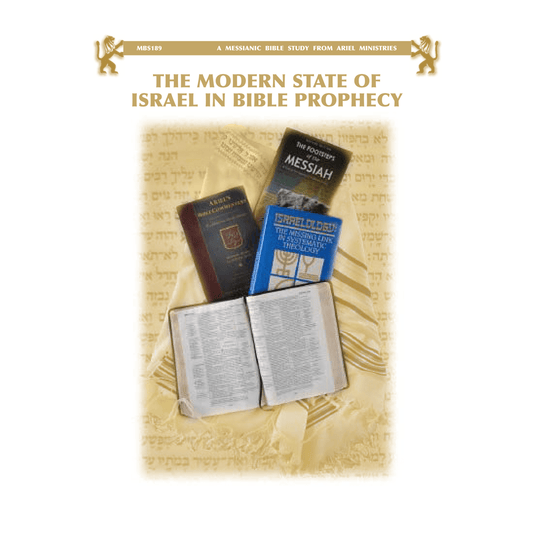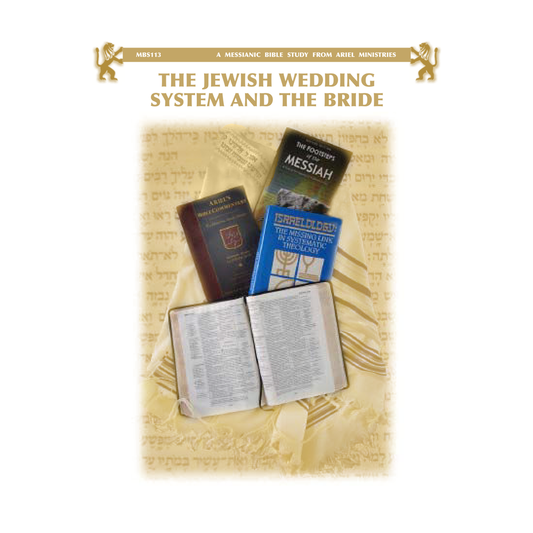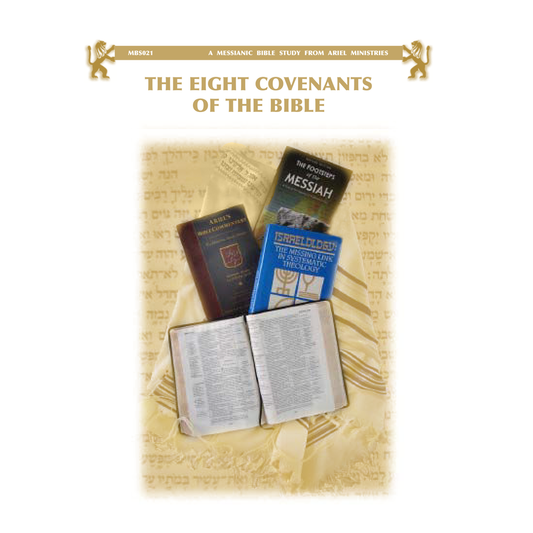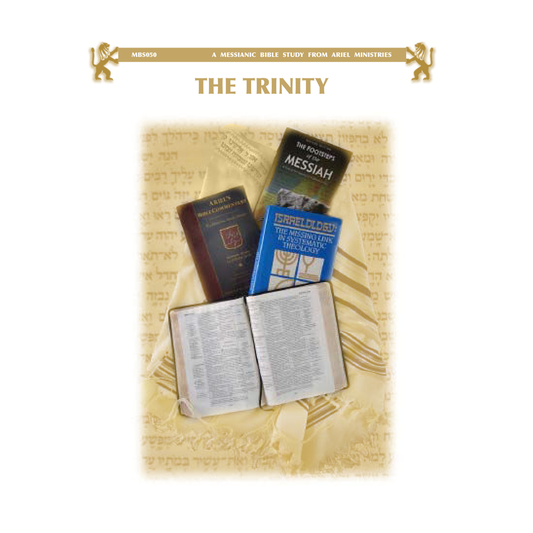Question: Can you please help me understand how Jesus fulfills the Passover?
Answer:
Let’s examine some of the Messianic Implications.
The Messianic Lamb of God—Isaiah 53:1–9
First, we find The Messianic Lamb of God in Isaiah 53:1–9. The point of this very famous messianic passage is that the Messiah would be the final paschal sacrifice, the final sacrifice for sin. The promise was that someday the sacrificial system in general would end, but even more so, the Passover sacrifice would end. The reason is because the Messiah will become that final paschal sacrifice.
The Messiah: The Lamb of God
The second point is that which Isaiah 53:1–9 predicted was fulfilled by Jesus in the New Testament: The Messiah is The Lamb of God. He is portrayed as the Passover Lamb in four New Testament passages.
The first passage is John 1:29, where John the Baptist introduced Him as the Lamb of God, that takes away the sin of the world! By calling Him the Lamb of God, he identified Yeshua as both the Passover lamb of Exodus 12 and the lamb of God of Isaiah 53.
The second passage is in John 1:35–36, where John the Baptist again identified Him as the Lamb of God.
The third passage is 1 Peter 1:18–19, where Peter portrays Jesus in terms of “a lamb without spot.”
The fourth passage is Revelation 5:6, which speaks of a “Lamb as though it had been slain.”
The Messiah: Our Passover
The Messiah is represented as “our Passover” in 1 Corinthians 5:6–7 and two main things are emphasized: Your glorying is not good. Know ye not that a little leaven leavens the whole lump? Purge out the old leaven, that ye may be a new lump, even as ye are unleavened. For our passover also hath been sacrificed, even Christ.
1. Jesus: The Passover Lamb
First, Jesus was the Passover Lamb, and indeed He was the Passover Lamb in every respect. Part of the biblical practice was that the lamb which was to be used for Passover was to be set aside on the tenth day of the month. It was then to be tested until the fourteenth day to be sure that it was “without spot and without blemish” before it was killed. Jesus, as the Passover Lamb of God, was also set aside on the tenth day of the month, because it was on this day that the Triumphal Entry occurred.
Many interpret the Triumphal Entry as being the Messiah’s final offer to be Israel’s Messiah. But that is not the significance of the Triumphal Entry. Its true significance was that on this occasion Jesus set Himself aside as the Passover Lamb. It occurred on the tenth day of the month, the same day that the literal lamb was set aside. From the tenth day until the fourteenth day of the month, Jesus was tested by the Pharisees, by the Sadducees, by the Scribes, and by the Herodians. By answering all of their objections and questions, He showed that He was truly “without spot and without blemish.” Jesus ate the Seder meal on the first night of the Passover, the same night that all the Jewish people ate it: the fourteenth of Nisan.
Yeshua died on the first day of Passover. He was crucified at nine o’clock in the morning. And it was at nine o’clock in the morning that the special Passover sacrifice was offered in the Temple Compound. Just as the Jews were very careful to make sure that not a single bone of the Passover lamb was broken, John 19:36 points out that not a single bone of Yeshua was broken either, not during the course of the beatings or the Crucifixion itself or by the Roman soldiers who broke the legs of the other men at the end of it all.
2. The Believer’s Responsibility
The second thing is the believer’s responsibility in light of all this. Just as the lamb’s blood was shed for the Israelites in Egypt, so the Lamb’s blood was shed for the world. But to be effective, the shed blood must be applied. Just as the blood of the animal was applied to the doorposts in Egypt, even so when one believes upon Jesus, he has the Messiah’s blood, the blood of the Lamb of God, sprinkled upon the “doorposts of his heart.” In both cases, the application of the blood meant deliverance from divine judgment. Therefore, just like the Jews had to purge their homes of leaven, the believer is to purge his life of leaven, the symbol of sin. In this context, the application is specifically to the assembly of the local church.
The means of purging leaven in the local church is by means of church discipline. The individual believer can purge his life of leaven by means of confession, according to 1 John 1:9: If we confess our sins, he is faithful and righteous to forgive us our sins, and to cleanse us from all unrighteousness.
Extract from Dr Arnold Fruchtenbaum’s Manuscript MBS 114 ‘The Feast of Pesach (Passover) pgs. 30-31. Also found in The Feasts and Fasts of Israel
